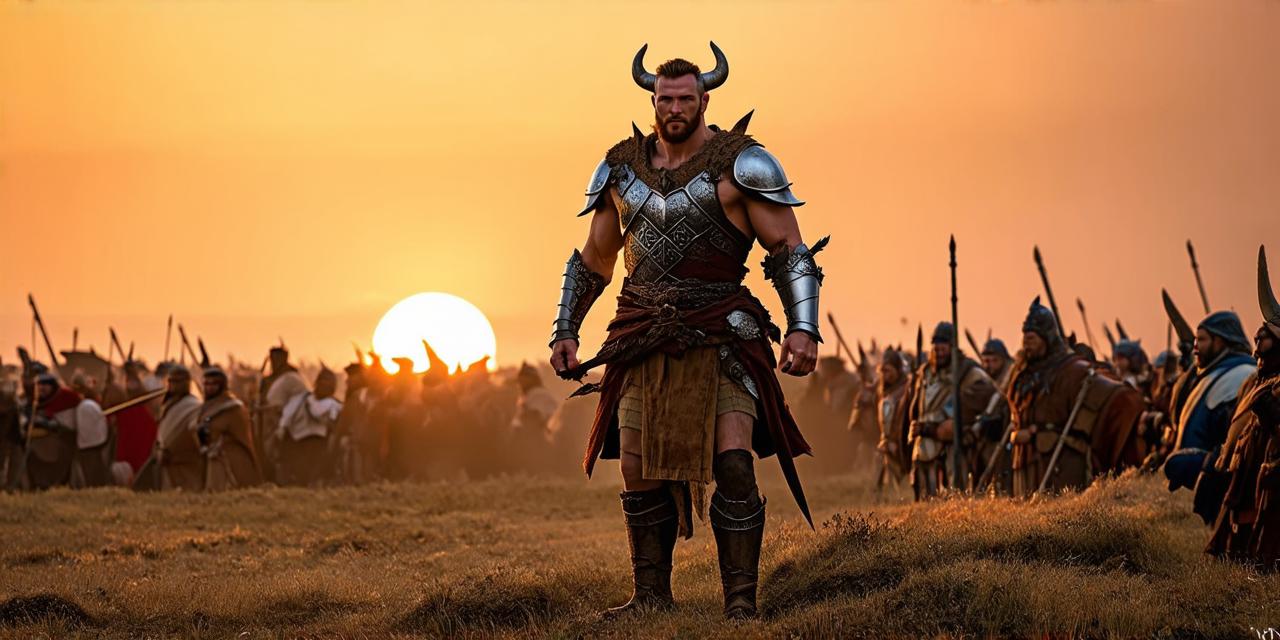Introduction: What are NFTs?
NFTs, or non-fungible tokens, are unique digital assets that can be used to represent ownership of items such as art, collectibles, and in-game items. They are created on a blockchain platform, which ensures their authenticity and immutability. NFTs have gained popularity in recent years as a way for artists and creators to monetize their work and engage with their fans.
Ethereum: The Most Popular Blockchain Platform for NFTs

Ethereum is currently the most popular blockchain platform for NFTs. It was launched in 2015 and has since become the largest decentralized platform on the internet, with a market capitalization of over $400 billion. Ethereum uses a proof-of-work consensus algorithm, which requires miners to solve complex mathematical problems to validate transactions and add them to the blockchain.
Ethereum’s popularity for NFTs is largely due to its support for smart contracts. Smart contracts are self-executing programs that run on the blockchain and can be used to automate a wide range of tasks, including buying and selling NFTs. Ethereum also has a large developer community, which has created a wide range of tools and libraries for building NFT applications.
One example of an NFT marketplace built on Ethereum is OpenSea, which was launched in 2018. It allows users to buy, sell, and trade NFTs from a variety of creators, including artists, musicians, and game developers. Another example is Rarible, which was also built on Ethereum and allows users to create their own NFTs and sell them on the platform.
Polygon: An Alternative to Ethereum for NFTs
Polygon, previously known as Matic Network, is an alternative blockchain platform for NFTs. It was launched in 2018 and has since become one of the most popular blockchain platforms for gaming and other decentralized applications. Polygon uses a proof-of-stake consensus algorithm, which requires validators to hold a certain amount of cryptocurrency (in this case, Matic) to validate transactions and add them to the blockchain.
One key advantage of Polygon over Ethereum is its scalability. Polygon allows for faster transaction speeds and lower gas fees, which can be especially important for NFTs that require frequent and high-value transactions. Polygon also has a smaller developer community compared to Ethereum, but this is offset by the fact that it is built on top of Ethereum and can easily integrate with existing Ethereum applications.
An example of an NFT marketplace built on Polygon is OpenSea, which also supports other blockchain platforms in addition to Ethereum. Another example is KnownOrigin, which was built specifically for artists and allows them to mint and sell their work as NFTs on the Polygon platform.
Ethereum vs Polygon: Which Platform is Right for Your NFT Project?
When deciding which blockchain platform to use for your NFT project, there are several factors to consider. These include scalability, developer community, and ease of integration with existing Ethereum applications.
If you are building an NFT marketplace or other decentralized application that requires fast transaction speeds and low gas fees, Polygon may be the better choice. Its proof-of-stake consensus algorithm allows for faster transaction speeds and lower gas fees compared to Ethereum’s proof-of-work consensus algorithm. Additionally, Polygon is built on top of Ethereum and can easily integrate with existing Ethereum applications.
On the other hand, if you are building an NFT project that requires smart contracts or a large developer community, Ethereum may be the better choice. Its support for smart contracts and large developer community make it easier to build complex NFT applications and find experienced developers to work on your project. Additionally, Ethereum has a larger market capitalization and is more widely recognized as the leading blockchain platform for NFTs.
Conclusion: The Future of NFTs and Blockchain Platforms
NFTs are still in their early stages, but they have already had a significant impact on the art world and other industries. As the market for NFTs continues to grow, we can expect to see more innovation and experimentation with different blockchain platforms. Ethereum is currently the most popular platform for NFTs, but Polygon is gaining traction as an alternative. Ultimately, the choice of which platform to use will depend on the specific needs and goals of your NFT project.
FAQ:
Here are some frequently asked questions about NFTs and blockchain platforms:
- What are non-fungible tokens (NFTs)? Non-fungible tokens, or NFTs, are unique digital assets that can be used to represent ownership of items such as art, collectibles, and in-game items. They are created on a blockchain platform, which ensures their authenticity and immutability.
- What is the most popular blockchain platform for NFTs? Ethereum is currently the most popular blockchain platform for NFTs.
- What is Polygon, and how does it compare to Ethereum for NFTs? Polygon, previously known as Matic Network, is an alternative blockchain platform for NFTs. It is built on top of Ethereum and allows for faster transaction speeds and lower gas fees compared to Ethereum’s proof-of-work consensus algorithm.
- What are some examples of NFT marketplaces built on Ethereum? Some examples of NFT marketplaces built on Ethereum include OpenSea and Rarible.
- What are some examples of NFT marketplaces built on Polygon? Some examples of NFT marketplaces built on Polygon include OpenSea (which also supports other blockchain platforms) and KnownOrigin, which was built specifically for artists.
